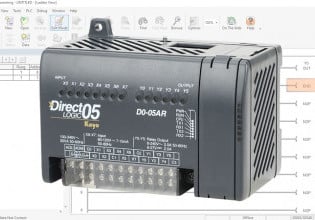Arthur, I have one last (?) thought...
Do I understand you correctly? Is the goal of the "retrofit exercise" to reconfigure the SWRO plant so that the six 1,000 kW machinery trains will be reduced to just three 1,200 kW ones?
If so, then how can you justify relocation, modification, and the operational complication associated with the tandem installation of three existing 1,000 kW motors, vs replacement of three with new 1,200 kW motors?
A second thought! Perhaps this is a job for the HV-LV xfmr/LV motor/VSD arrangement. Definitely expensive!
Either way, this is a perfect case for the application of the forgotten discipline... "Value Engineering!"
Regards,
Phil Corso, PE
Trip-A-Larm Corp
(Deerfield Beach, FL)
Do I understand you correctly? Is the goal of the "retrofit exercise" to reconfigure the SWRO plant so that the six 1,000 kW machinery trains will be reduced to just three 1,200 kW ones?
If so, then how can you justify relocation, modification, and the operational complication associated with the tandem installation of three existing 1,000 kW motors, vs replacement of three with new 1,200 kW motors?
A second thought! Perhaps this is a job for the HV-LV xfmr/LV motor/VSD arrangement. Definitely expensive!
Either way, this is a perfect case for the application of the forgotten discipline... "Value Engineering!"
Regards,
Phil Corso, PE
Trip-A-Larm Corp
(Deerfield Beach, FL)






